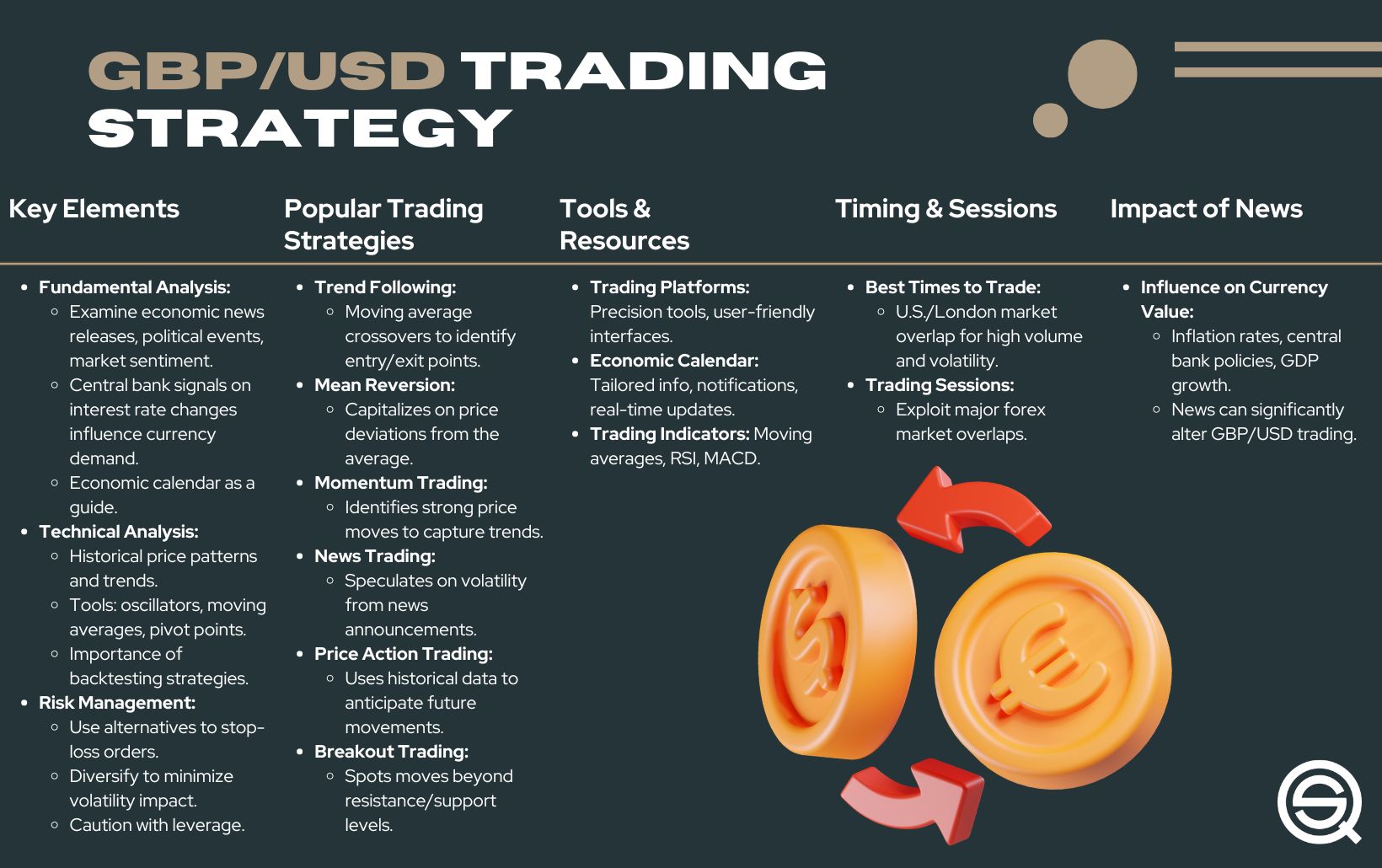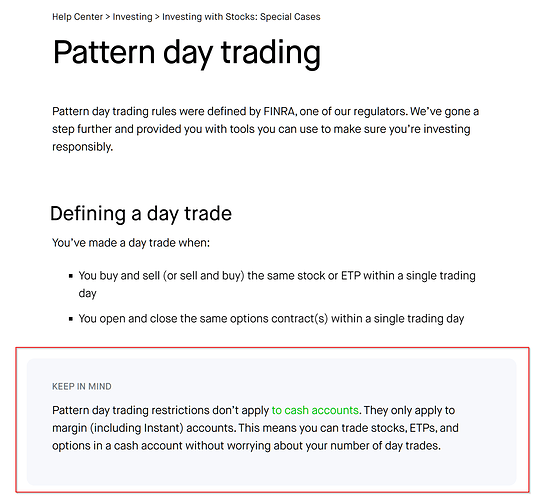Did you know that using leverage in trading is like borrowing your neighbor's lawnmower—exciting until you realize you might have to pay for any damage? In the fast-paced world of day trading, leverage is a double-edged sword that can amplify profits but also heighten risks. This article dives into how leverage plays a crucial role in day trading success, exploring its impact on profit amplification, margin requirements, and the potential for significant losses. We’ll discuss the ideal leverage ratios, variations across markets, and the regulatory landscape that governs leverage usage. Additionally, we’ll cover common pitfalls, risk management strategies, and the psychological effects of leveraging trades. With insights from DayTradingBusiness, you'll be better equipped to navigate the volatile waters of day trading with leverage wisely.
How does leverage amplify profits in day trading?
Leverage amplifies profits in day trading by allowing you to control larger positions with a smaller amount of capital. When your trade moves in your favor, the returns on your invested capital increase proportionally, boosting your gains. However, leverage also magnifies losses if the market moves against you, making risk management crucial. Essentially, leverage acts like a magnifying glass—making small price movements have a bigger impact on your bottom line.
What are the risks of using leverage in day trading?
Using leverage in day trading amplifies both gains and losses. It increases risk of losing more than your initial capital if the market moves against you. High leverage can lead to margin calls, forcing you to deposit more funds or close positions at a loss. It also magnifies emotional stress, making disciplined trading harder. Overleveraging can quickly wipe out accounts during volatile swings, turning small mistakes into big financial setbacks.
How does leverage affect day trading margins?
Leverage amplifies your buying power in day trading, allowing you to control larger positions with less capital. It increases potential profits if your trades move in your favor but also magnifies losses if they go against you. High leverage reduces the margin required to open trades, enabling faster entry and more flexibility, but it also raises the risk of margin calls if the market moves sharply. Proper use of leverage can boost returns, but excessive leverage can wipe out your account quickly.
Can leverage lead to significant losses in day trading?
Yes, leverage can cause significant losses in day trading because it amplifies both gains and losses. If a trade moves against you, leverage can quickly wipe out your account, sometimes exceeding your initial investment. Proper risk management is crucial, but high leverage increases the risk of substantial, rapid losses.
What is the ideal leverage ratio for day traders?
The ideal leverage ratio for day traders is typically between 2:1 and 10:1. Using higher leverage increases potential gains but also raises the risk of significant losses. Most successful day traders stick to lower leverage to manage risk better and avoid margin calls. Proper leverage allows for profit opportunities without exposing your capital to excessive risk.
How does leverage influence trading volatility?

Leverage amplifies both gains and losses, increasing trading volatility. When you use high leverage, small market movements can lead to big profit or loss swings. It makes your position more sensitive to price changes, causing rapid fluctuations in your account value. Proper leverage management is crucial to avoid exaggerated volatility that can wipe out your capital quickly.
How do brokers set leverage limits for day traders?
Brokers set leverage limits for day traders based on regulatory guidelines, the trader’s experience, and the asset class. They assess risk to prevent excessive losses, often capping leverage to protect both the trader and the broker. For example, in the U.S., regulations restrict retail forex leverage to 50:1 or lower, while stock trading leverage varies by account type. Brokers also consider market volatility and the trader’s trading history when determining leverage caps.
What are the differences between high and low leverage in day trading?
High leverage in day trading amplifies both gains and losses, allowing traders to control larger positions with less capital. Low leverage offers smaller exposure, reducing risk but also limiting profit potential. Using high leverage can lead to quick profits but increases the chance of significant losses, while low leverage provides a safer, more controlled trading environment. The right leverage balance depends on a trader’s experience, risk appetite, and trading strategy.
How does leverage impact risk management strategies?
Leverage amplifies both potential gains and losses in day trading. It increases risk exposure, making quick, sharp moves more impactful. Proper risk management involves setting tight stop-losses and limiting leverage use to avoid large, uncontrollable losses. Over-leverage can lead to significant account drawdowns, forcing traders out of the market. Using leverage wisely allows traders to maximize returns while maintaining control over risk.
Can leverage improve day trading profitability?

Yes, leverage can boost day trading profitability by allowing traders to control larger positions with less capital. It amplifies potential gains when trades move in your favor. However, it also increases the risk of significant losses if the market moves against you. Proper use of leverage requires careful risk management and discipline.
Learn about What is the impact of leverage on day trading profitability?
What are common mistakes related to leverage in day trading?
Common mistakes with leverage in day trading include using too much leverage, which amplifies losses; ignoring margin requirements; not understanding how leverage increases risk; overleveraging during volatile markets; and failing to set stop-losses to limit downside. Leverage can boost profits but quickly accelerates losses if not managed carefully.
Learn about What Are Common Mistakes in Institutional Day Trading?
How does leverage use vary across different markets?
Leverage use varies widely across markets—day traders in forex often use high leverage, sometimes 50:1 or more, to amplify small price moves. In stock markets, leverage is usually lower, around 2:1 or 4:1, due to stricter regulations and higher margin requirements. Futures trading can involve significant leverage, sometimes 10:1 or higher, because of the contract sizes and margin rules. Cryptocurrency markets often see aggressive leverage, sometimes 100:1, attracting traders seeking big gains but increasing risks. Overall, leverage’s role shifts with market volatility, regulation, and asset class, influencing how traders manage risk and aim for success.
Learn about Does leverage risk vary across different markets?
What are the regulatory rules on leverage for day trading?

Regulatory rules on leverage for day trading typically limit leverage to 2:1 or 4:1 for retail traders, depending on the market and country. In the U.S., FINRA and the SEC enforce a maximum of 2:1 leverage for day trading in stocks. The goal is to reduce risk and protect traders from significant losses. Higher leverage is often available for professional or institutional traders under different rules.
How can traders control leverage to avoid liquidation?
Traders control leverage by setting strict position size limits, using stop-loss orders, and choosing lower leverage ratios. Managing leverage ensures smaller, manageable risks, preventing margin calls and liquidation. Always analyze your risk-reward ratio before entering trades, and avoid over-leveraging your account. Proper leverage control keeps trades within your risk tolerance, reducing the chance of sudden liquidation.
What is the relationship between leverage and trading psychology?
Leverage amplifies both potential gains and losses, which directly impacts trading psychology. High leverage can increase stress, cause emotional swings, and lead to impulsive decisions. It makes traders more vulnerable to fear and greed, often resulting in overtrading or panic selling. Managing leverage carefully helps maintain emotional stability, essential for disciplined, successful day trading.
Conclusion about What role does leverage play in day trading success?
Leverage is a double-edged sword in day trading; it can significantly enhance profits but also amplify losses. Understanding the balance between risk and reward is crucial for any trader. By employing the right leverage ratio and implementing sound risk management strategies, traders can harness the power of leverage while minimizing potential pitfalls. Always stay informed about your broker’s leverage limits and regulatory guidelines to navigate the complexities of trading effectively. For tailored advice and insights on leveraging your trades, consider the expertise offered by DayTradingBusiness.
Learn about What role does leverage play in increasing day trading risk?